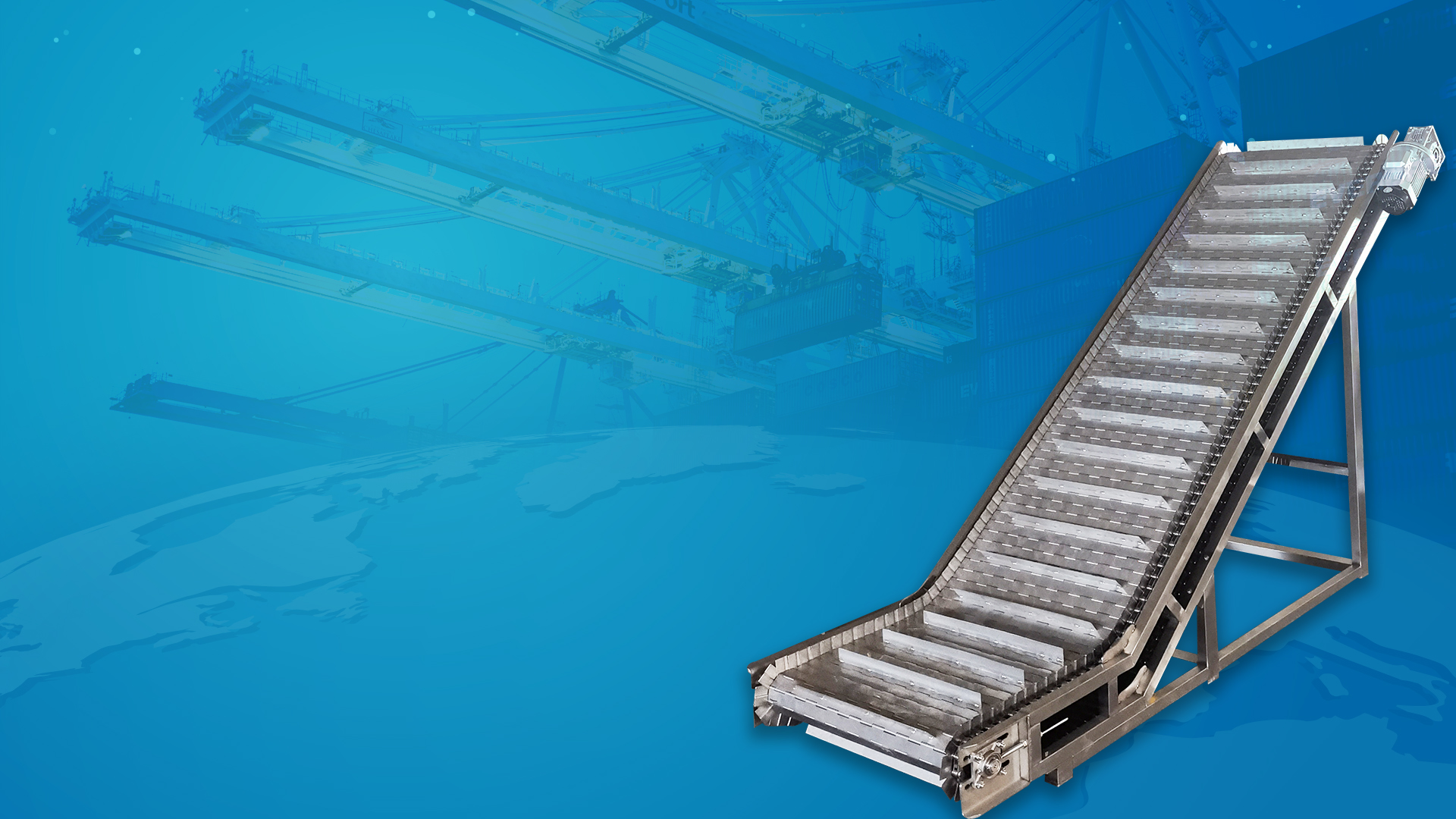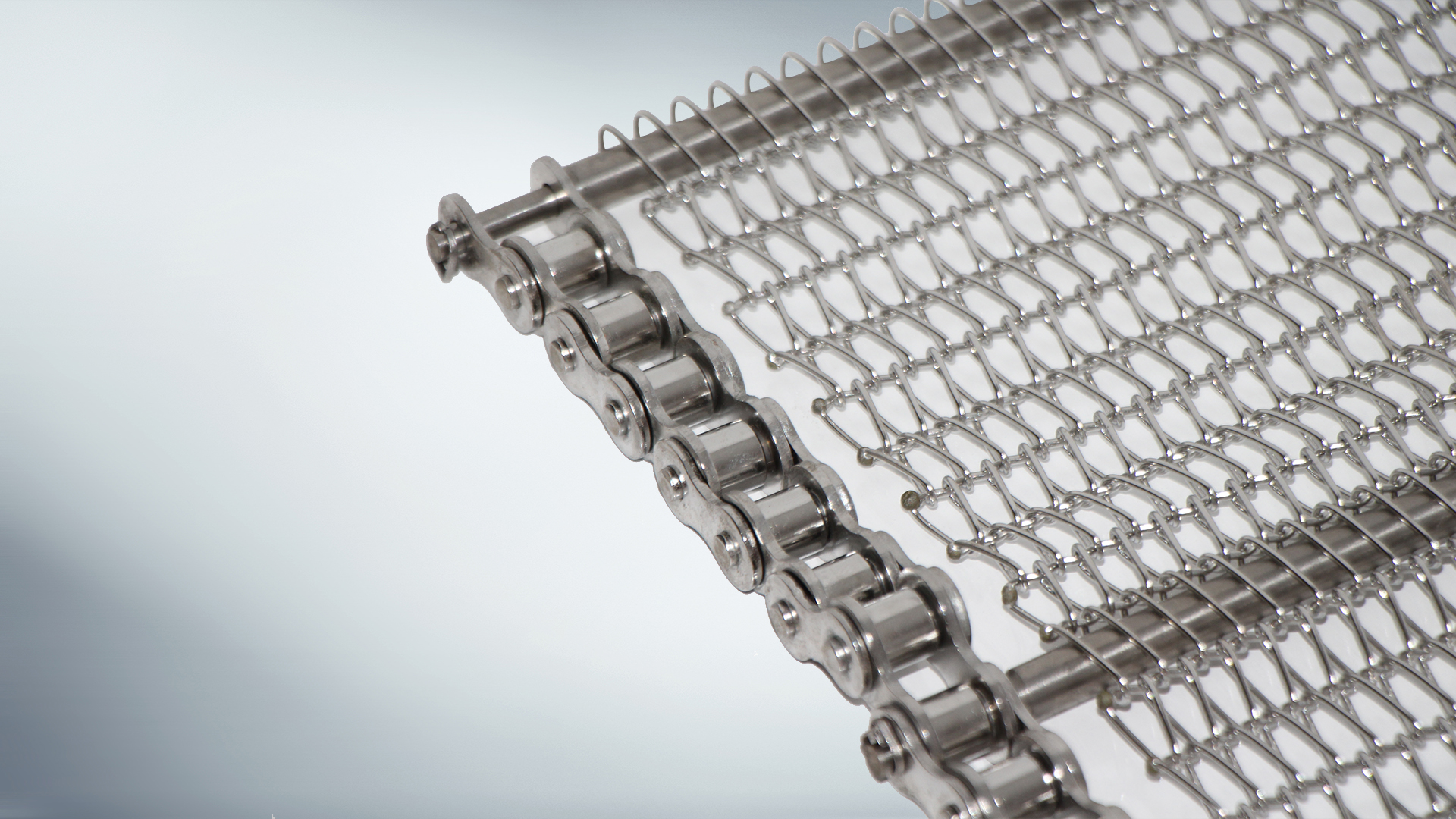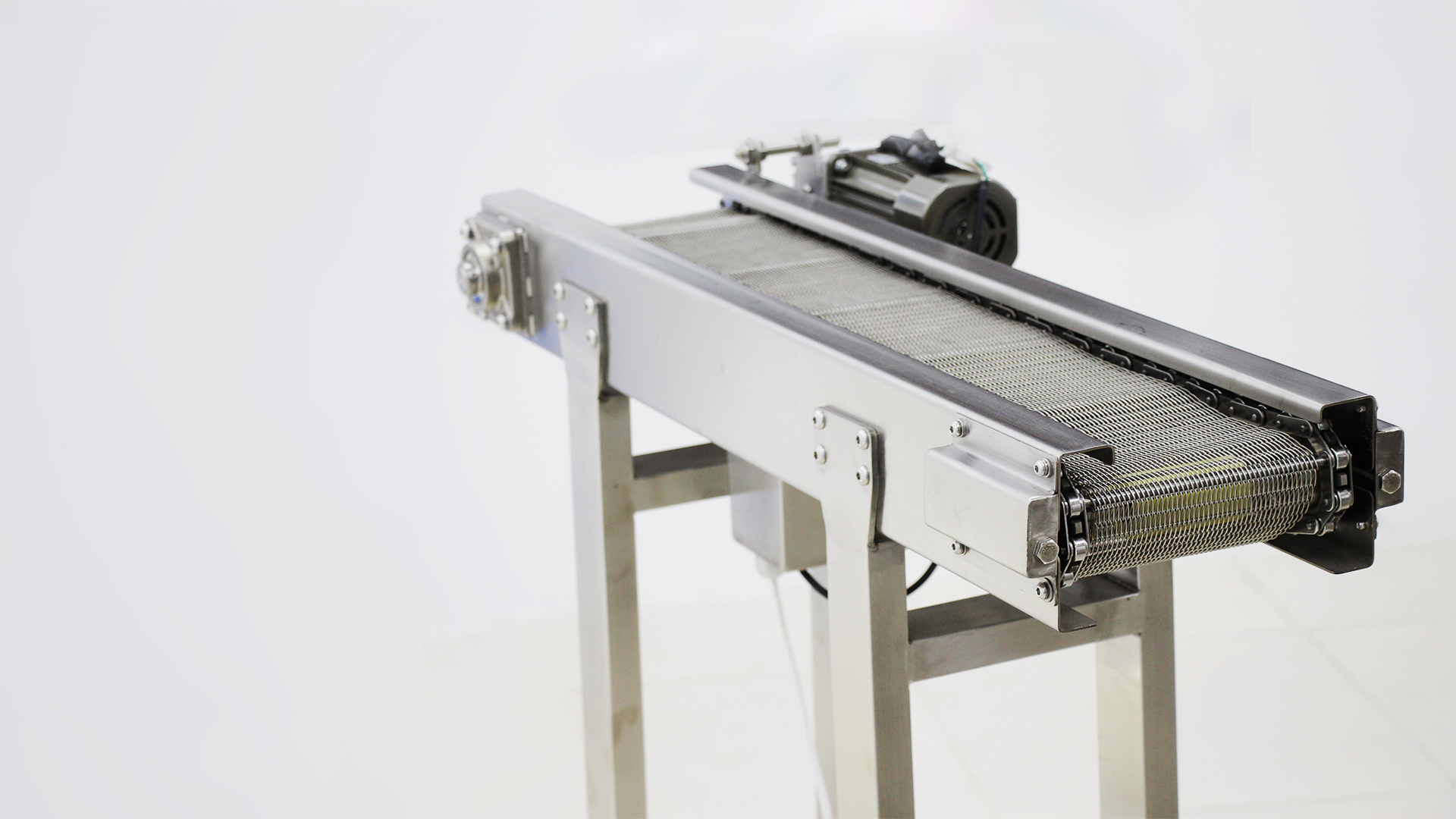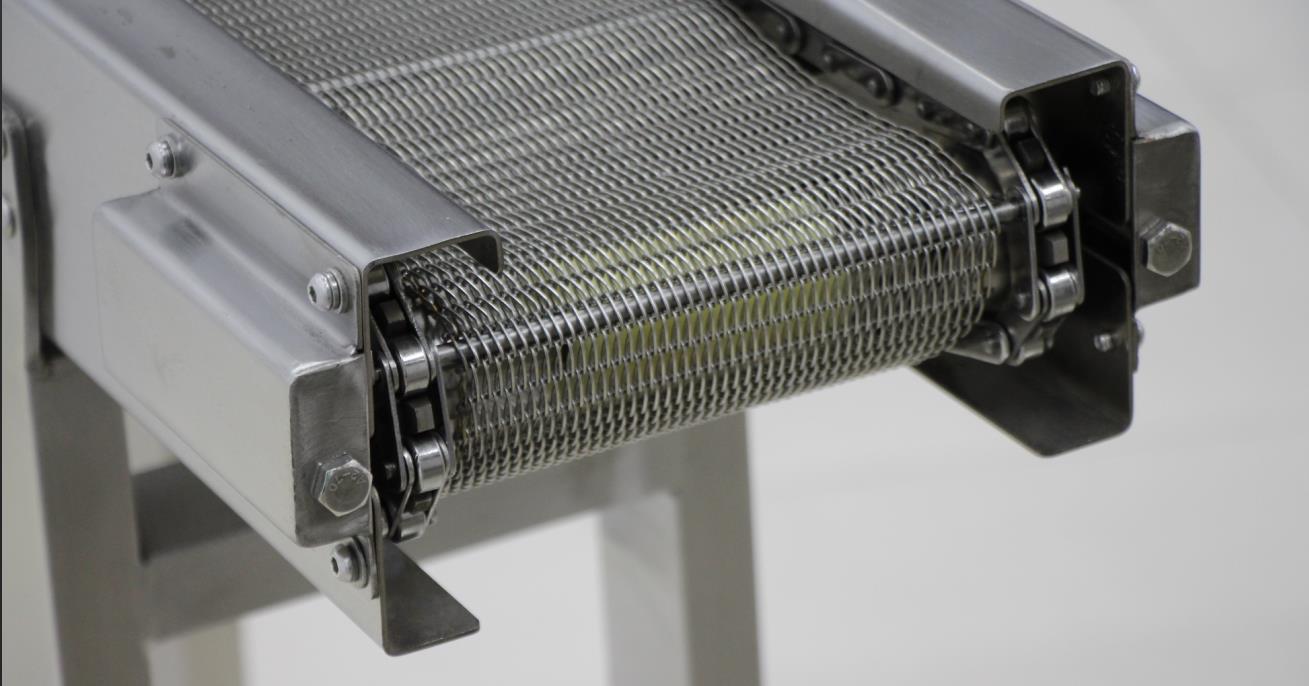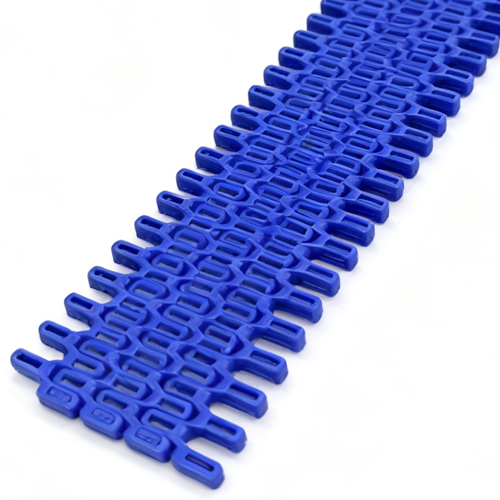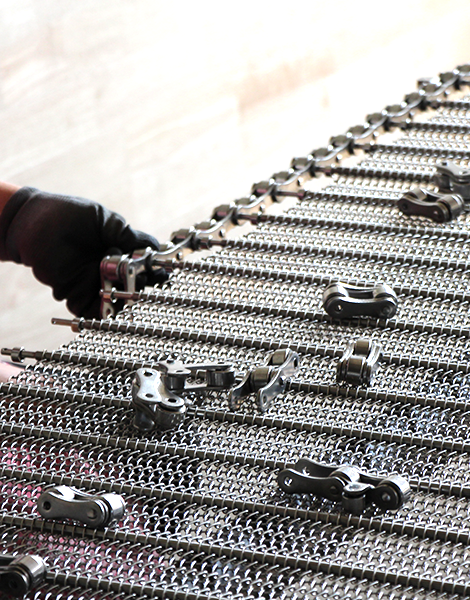Plastic chain plate conveyors differ from metal conveyors in several ways. In terms of materials, plastic chain plate conveyors use plastic chain plates, which offer flexibility and lightness, while metal conveyors use metal materials for a robust construction.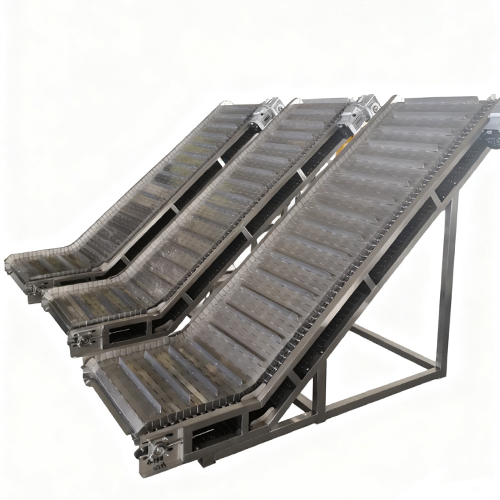
In terms of application, plastic chain plate conveyors are ideal for transporting lightweight items that require high surface protection, such as food products and electronic components, as they effectively prevent scratches. Metal conveyors are commonly used for heavier goods that require high strength, such as large mechanical components.
In terms of maintenance, plastic chain plate conveyors are relatively lightweight and have easier-to-replace components, though precautions against plastic aging may be necessary. Metal conveyors have stable structures, but they may rust, requiring regular anti-corrosion treatment.
In terms of cost, plastic chain plate conveyors have lower initial purchase costs, but they may have lower durability. Metal conveyors have higher upfront costs but offer an extended service life. Businesses must comprehensively evaluate their production requirements and the characteristics of the items being conveyed, weighing the pros and cons of both to choose the appropriate conveyor type that meets their material handling demands.
Translated with DeepL.com (free version).



